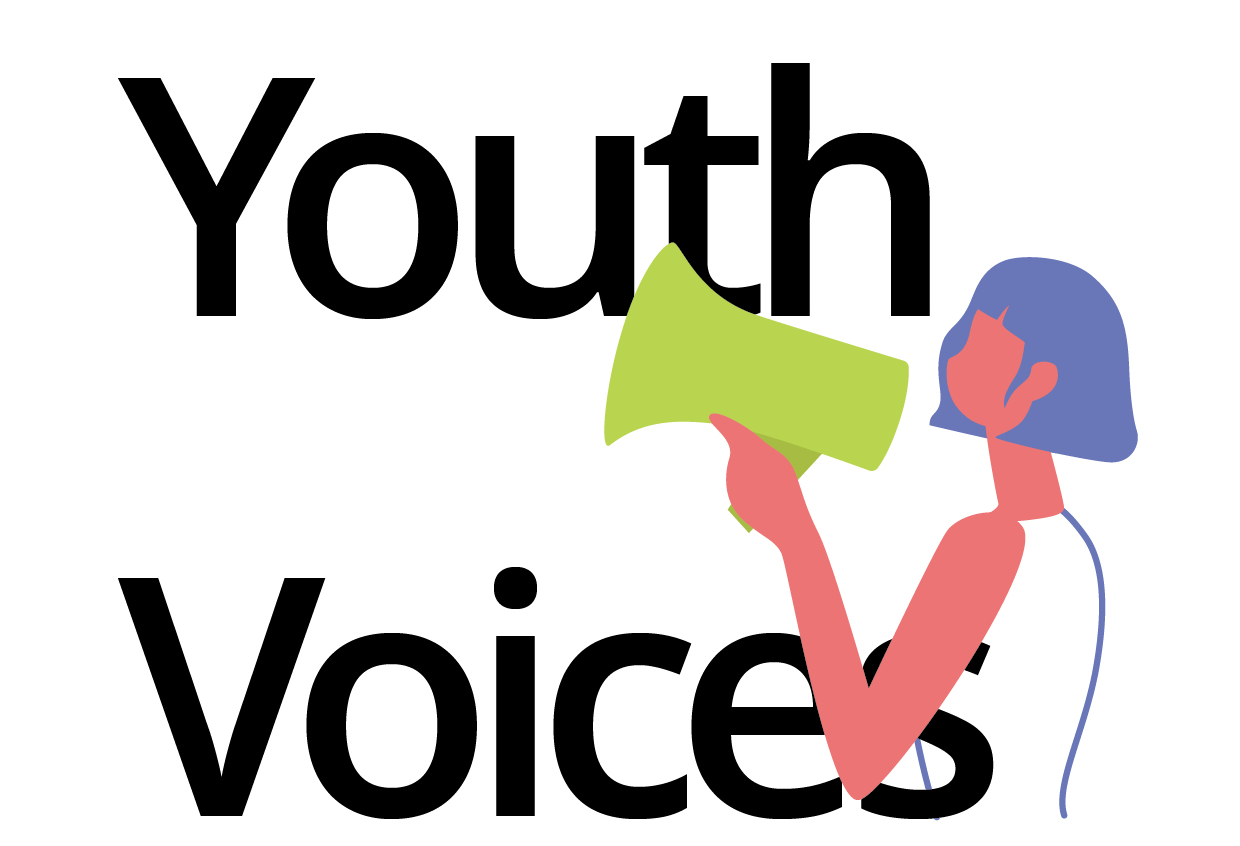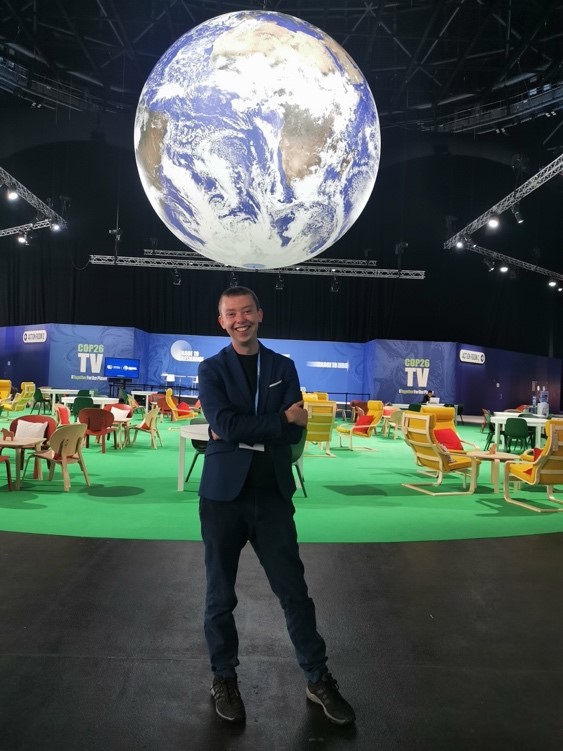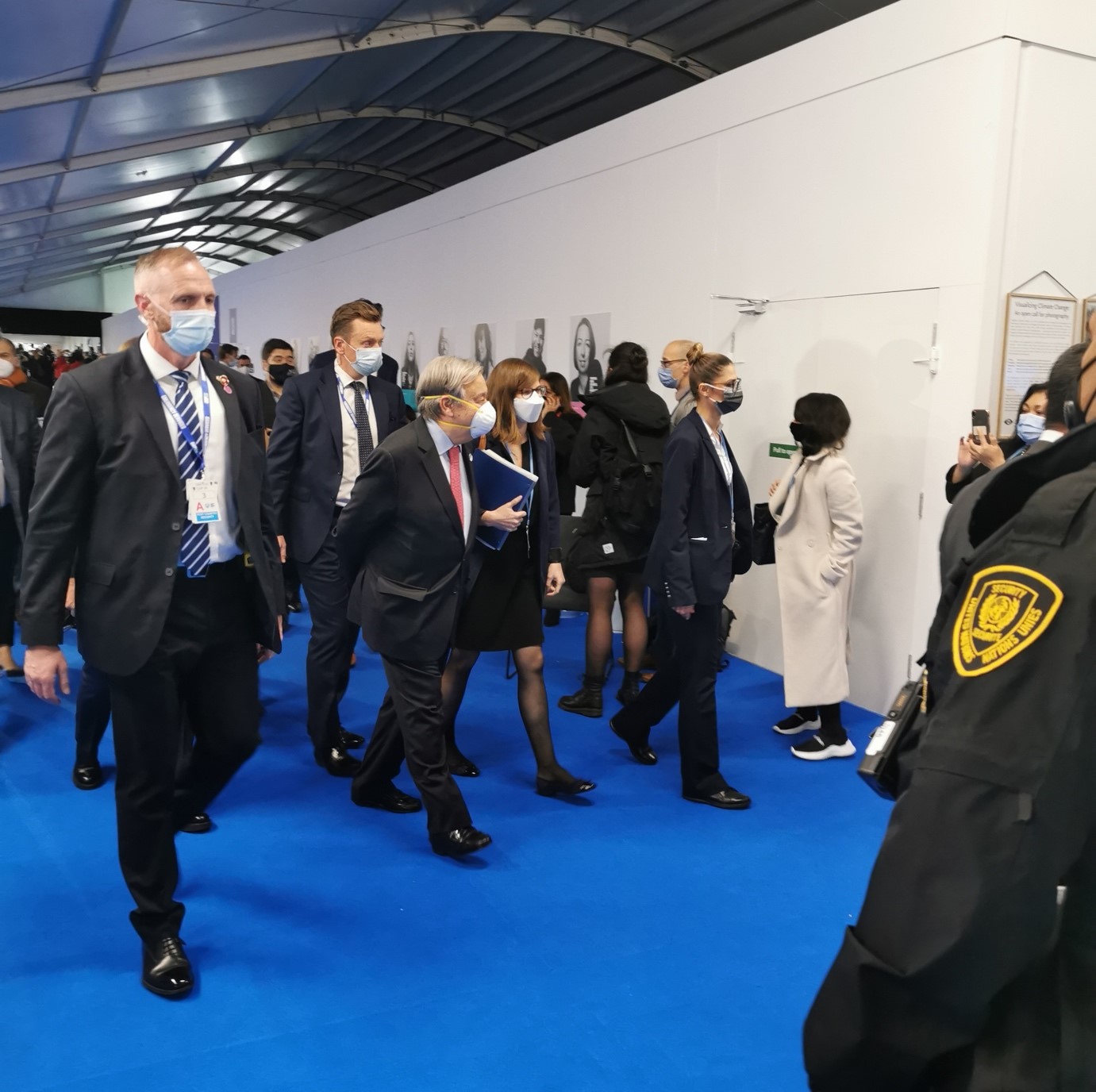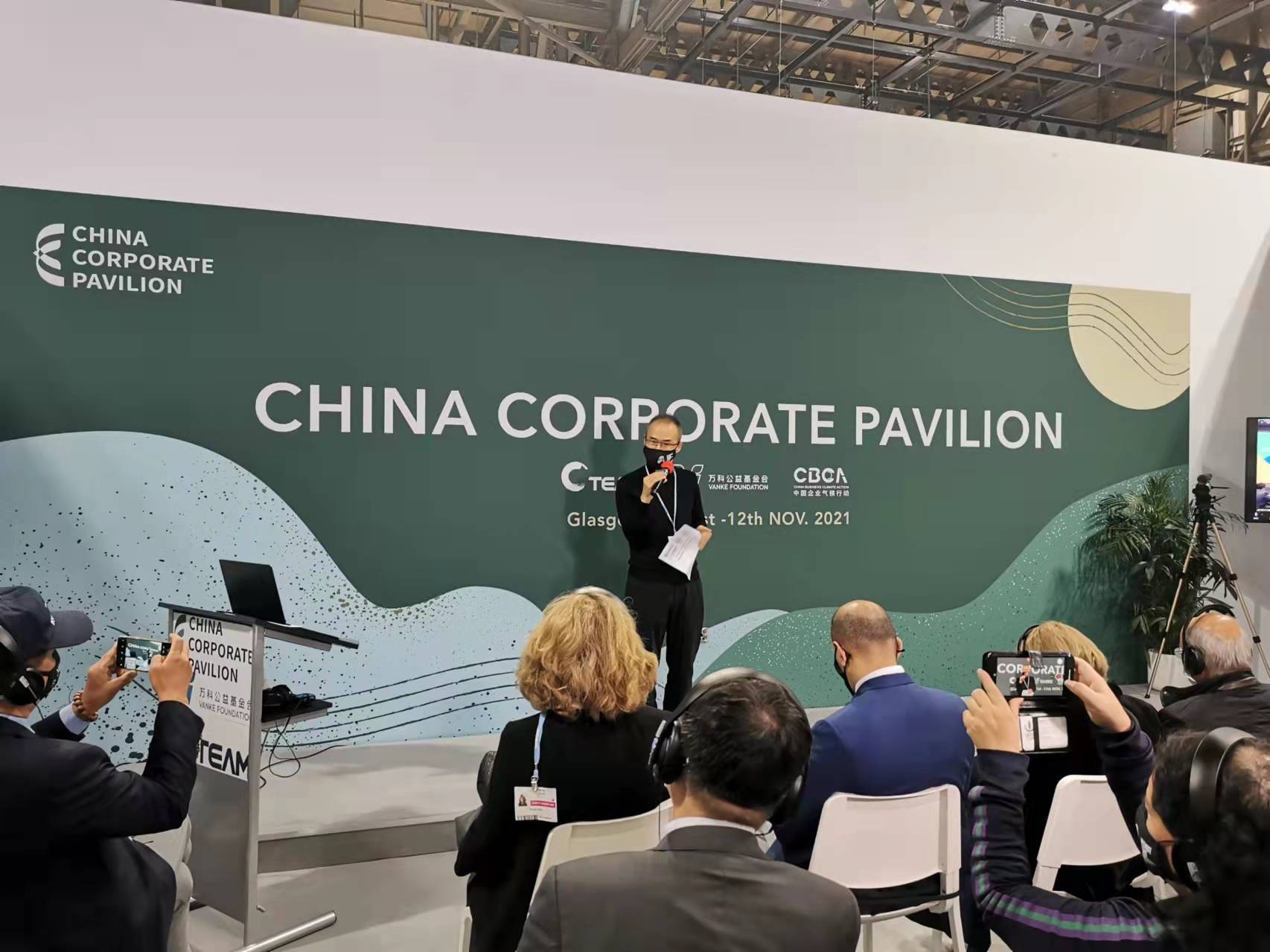Preparing Today's Youth for Tomorrow's World
December 31, 2021
About the author:
Walker Darke, Editorial Committee Member of TI Observer
Young people are the future. They also have the power, both individually and collectively, to influence the present. Taihe Institute’s mission of facilitating understanding between China and the rest of the world recognizes the voices of today’s youth and amplifies the urgency of addressing common global issues. At Taihe, we prioritize youth empowerment by offering a platform for the articulation of fresh perspectives and ideas on contemporary issues. Together, today’s youth and Taihe are building the foundations for a more sustainable future for generations of youth to come.
Walker Darke: My Experience at COP26
The 26th UN Climate Change Conference of the Parties (COP26) was held in Glasgow, Scotland, from Oct. 31 to Nov. 13, 2021. As a consultant to the United Nations Economic Commission (UNECE) in Geneva, I was privileged to work at COP26 supporting UNECE’s 56 member states to realize carbon neutrality and scale up sustainable energy production.
Walker Darke, Editorial Committee Member of TIO, at the center of global climate negotiations at COP26 in Glasgow, Scotland
To further enhance national capabilities and to move beyond existing carbon targets, UNECE published a carbon neutrality toolkit prior to the COP26 gathering. Today, I want to share with you three key things that emerged in the global press during the meeting period of COP26. They are “Blah Blah Blah,” “Where is China?” and “We have to act now!”
Blah Blah Blah- Another Climate Talk Fest?
As the world’s leaders arrived in Glasgow, Scotland, they were met with great fanfare and the sound of traditional Scottish bagpipe music. Each leader was allotted a 3-minute timeslot to express their message to the world. Each spoke passionately about their country’s commitment to climate action and their current and future efforts toward real progress. The speeches were inspiring, and the diversity of voices, languages, and uniforms was wonderful to behold. After they spoke, the technical experts from each country began a series of meetings and discussions. To amplify their voices, national groupings between like-minded countries formed. The Least Developed Countries (LDCs), G7 & China, and others held daily closed sessions to form unified approaches for each day’s agenda of meetings. New coalitions quickly formed, including the Beyond Oil and Gas Alliance (BOGA) led by Denmark and Costa Rica. Smaller sub-groups also formed and began to focus on a range of subjects, including mechanisms, adaptation, and climate finance.

The COP26 meeting place
As the multiple rounds of discussions intensified, ministers of state flew in from their respective countries to further negotiations. As negotiations tightened over critical national interests, sessions decreased in size and were increasingly held off-the-record with no observers. However, the many private bilateral discussions did generate room for concessions, the construction of the “landing zone” for consensus, and the finalization of an agreed COP26 text.
Many participants were left outside these meetings scrolling Twitter to piece together progress reports on the negotiations. Two weeks sitting in windowless conference rooms, however, was probably not the most productive environment I’ve ever experienced. As one delegate told me: “There’s the Blue Zone for the diplomats and the Green Zone for the public fringe events. Outside of the bubble, everywhere is the Red Zone when it comes to the climate crisis.”
As in past gatherings, whether the COP26 noise translates into concrete action remains subject to the will of national governments and how they decide to implement the COP26 objectives outlined in the final summit communiqué.
Secretary-General of the United Nations, António Guterres, leads his entourage into a meeting with national delegations to break the deadlock at COP26
Where is China?
Every country in the world sent a delegation to COP26, including the two Koreas. China was no exception. The Chinese President issued a written statement to the summit, addressing three points that are essential for promoting collective climate actions. China was an active participant in many other delegations as well. It even secured a Sino-US agreement to boost climate cooperation–albeit a little short on detail.
Chinese businessman Wang Shi giving a speech at the China Corporate Pavilion of COP26
China is one among many to call for the wealthiest countries to demonstrate their commitment by leading in financial and capacity adjustments. Accordingly, sustained criticism by the advanced economies of developing countries using fossil fuels became a crucial area of discussion. Many developing nations pointed to the G20 being accountable for 80% of all greenhouse gas emissions. The African continent for example, contributes less than 4% of all global emissions. As such, much of the developing world advocated for flexible solutions to boost living standards and sustainable development, noting that one rule does not fit all national scenarios.
We Have to Act Now!
Unsurprisingly, climate summits are often criticized for the wide gap between talking about action and implementing agreed targets. Despite what some politicians say in the plenary sessions, what they agree in the final text is occasionally contradictory. Tuvalu’s Climate Minister Seve Paeniu illuminated this contradiction on the final day of negotiations saying that: “The tone of urgency in speeches was not being reflected in the agreement.” In other words, better representation ensures better decision-making. Input from those most impacted, such as minorities and indigenous people, were some of the strongest interventions on the conference floor that I witnessed.
All of the world’s citizens deserve to participate in both the conversation on climate change and the decision-making process. Thus, future discussions and decisions have to focus on greater inclusion. For example, women bear the brunt of the climate crisis yet only 21% of the 196 heads of delegation at COP25 were women. Moreover, indigenous people and representatives from the nations of the global south were often marginalized by political commentators.
As the esteemed academic Jason Hickel points out: “Growth in the global north depends utterly on production in the global south and depends utterly on southern land and resources—today just as much as during the colonial period.” As such, mutually inclusive dialogue that enhances a shared understanding of climate issues is critical to strengthening global environmental governance.
Photos of this piece were taken by Walker Darke at the COP26 meeting.
—————————————————————
ON TIMES WE FOCUS.
Should you have any questions, please contact us at public@taiheglobal.org




